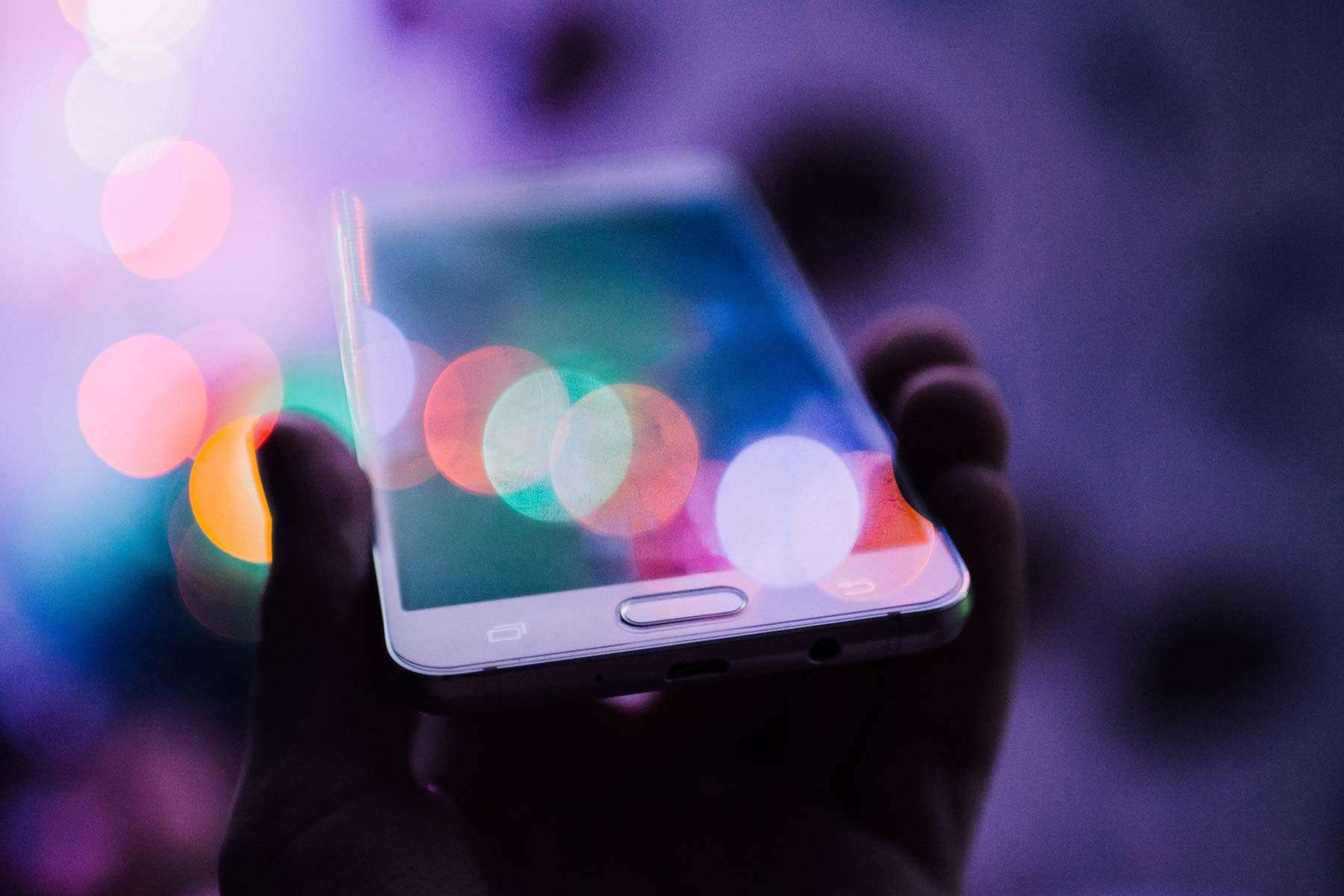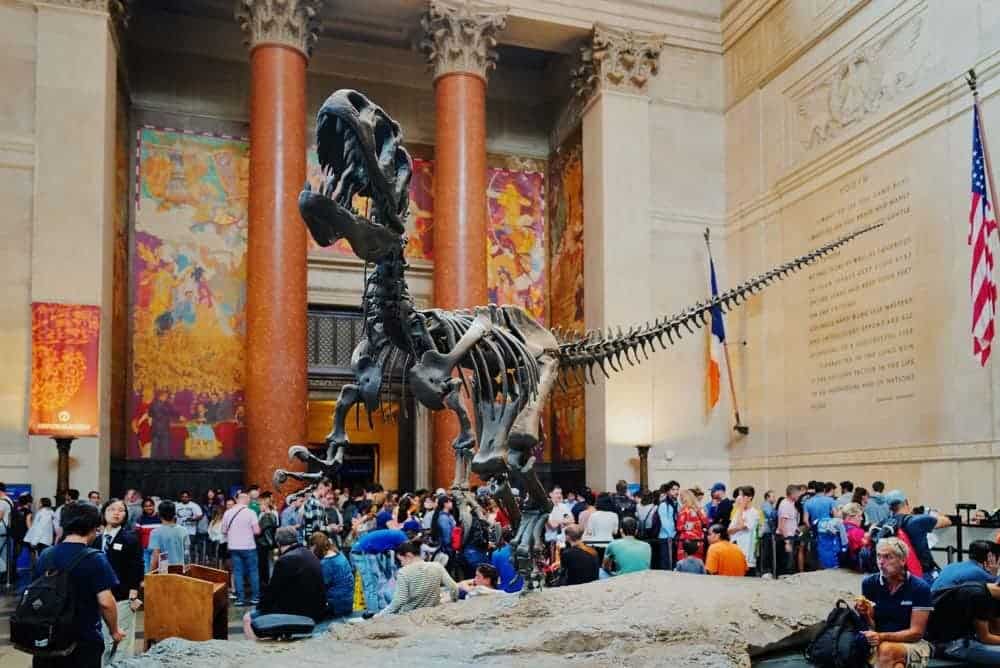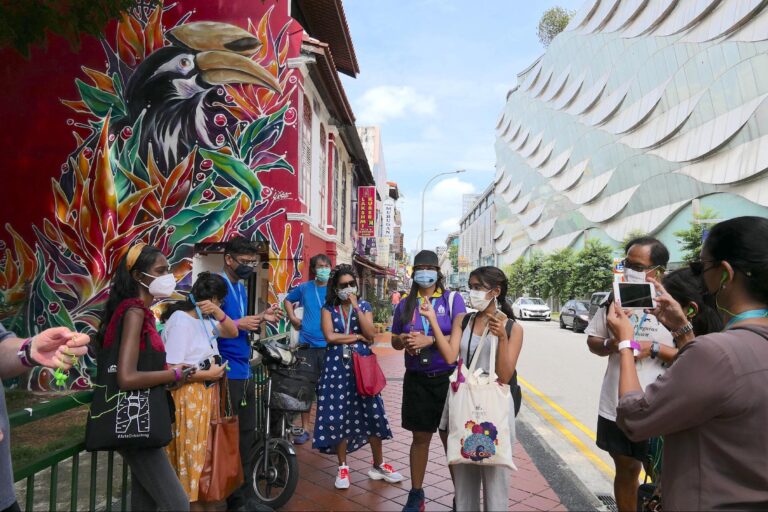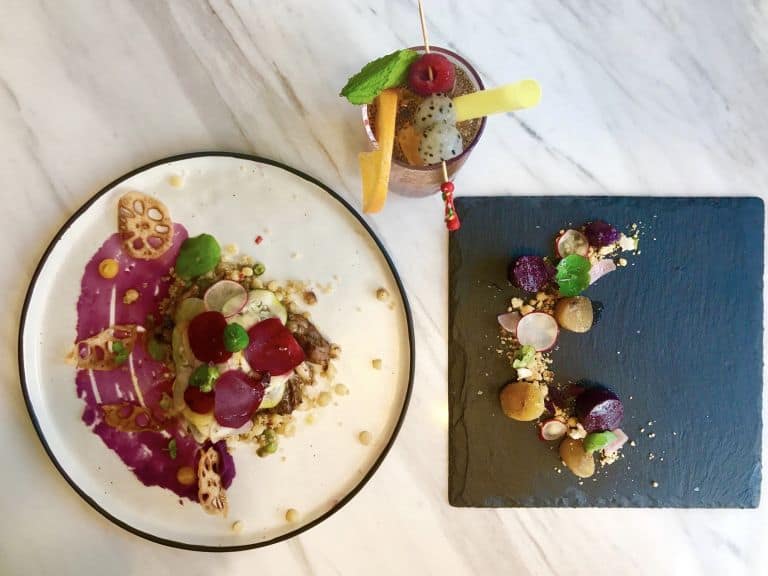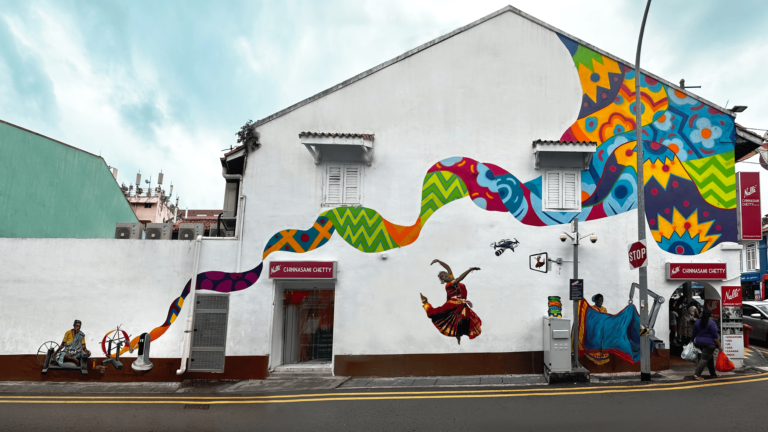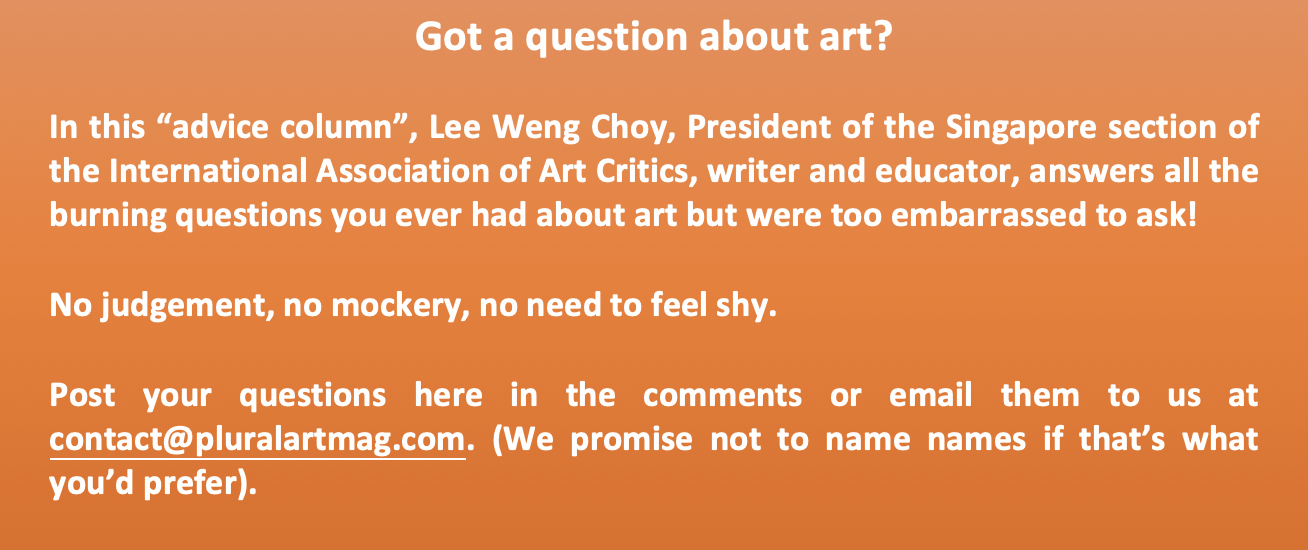
Question:
“Because of the coronavirus pandemic, we have had to shift even more of our lives online. With a greater sense of urgency, the artworld has to grapple with the issue of art in the digital age. Your thoughts?”
Answer:
First and foremost, dear readers, I hope you’ve been taking care and practicing physical distancing. In extraordinary times, it can be helpful to remind ourselves of the ordinary things in life, not as a way of avoiding the struggles confronting us, but as a way of focussing on what’s worth fighting for — this is going to be a long haul.
I won’t attempt a hot-take on going digital in the time of the coronavirus, but if you’re interested, here’s Ben Davis on “How We Should Reimagine Art’s Mission in the Time of ‘Social Distancing’”. Then there’s Nicole Soriano’s “Letter from Manila”. She ends her piece with Jerry Saltz being pithy about whether art can change the world. “In respect to those suffering and about to suffer, we must say no. However, art does change lives, and lives can change the world.”
While my own criticism has focussed less on art than on artwriting and the internet (and some of my thinkings and feelings can be found here), for once, I won’t stray from a question about the former into a digression on the latter.
A comprehensive discussion of art in the digital age should address at least these three concerns:
i) art made for the online experience;
ii) buying and selling art online;
iii) viewing art online.
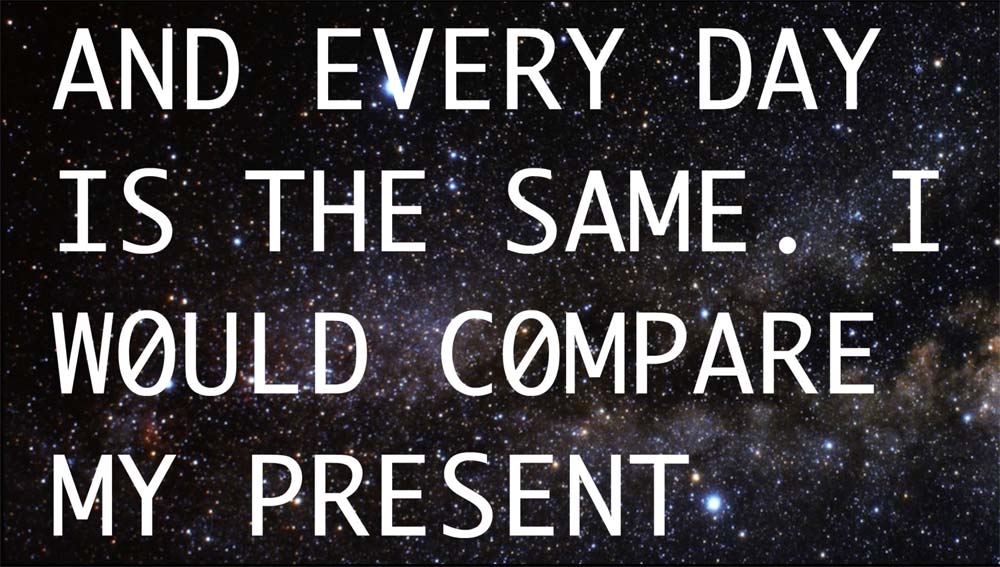
At the turn of the century, in that blink of an eye before the Facebook took over the world, new media art was “all the rage”. One of my favourites from those years was the duo Young-Hae Chang Heavy Industries. Back then, I saw their work in galleries; now, you could argue that their stuff is made for the internet.
Several online platforms for trading art have established themselves in the last decade, including Singapore’s own The Artling. Now that the pandemic has completely disrupted the art world, art galleries too are trying to adapt their business models to include or improve online sales. But beyond the challenge of generating revenue there is also the issue of simply increasing a gallery’s internet visibility. More than ever, if you don’t exist online, you don’t exist at all.
Each one of these three concerns is already a huge topic. Since I’m writing a column and not a book chapter, let me focus on just one of them — the last, viewing art online (by the way, Orit Gat has an excellent reflection on the subject).
As with many things internet, Google wants to be our portal to everything. Although, the first place I went to, when exploring their Arts and Culture website, was to see — dinosaurs! Who cares about Monet’s Water Lilies when you can look at large fantastic creatures from millions and millions of years ago — or, rather, pictures of their fossils.
Alas, it really is no fun sitting in front of your laptop, compared to being inside a museum and feeling transported to a time before history, wrapped in child-like wonder, no matter how old you may actually be. To be fair to the Monets, standing before the paintings is also quite spectacular. When it comes to both the Water Lilies and the Iguanodons, so much of the experience is about scale and presence, about how your own body fits in relation to the sublime thing in front of you.
However, rather than jumping right in to compare and contrast seeing things on screens versus in spaces, let’s step back and ask: how do we understand the online viewing experience?
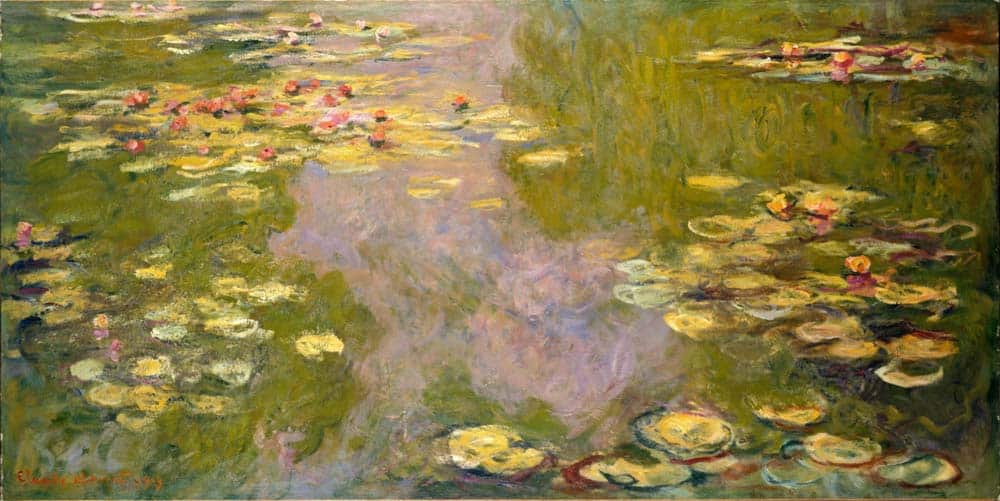
Also, let’s narrow the issue to viewing art on Instagram — instead of trying to cover the range of social media, from Pinterest to YouTube, let alone the internet as a whole.
Lev Manovich is a leading theorist of digital culture. You can download his book Instagram and Contemporary Image here. This in-depth study, published in 2017, examines and explores the platform “as a window into the identities of the first truly global generation connected by common social media platforms, programming languages, and visual aesthetics”. Manovich “combines methods from art history, media studies, and data science, and draws on computational analysis of 16 million Instagram photos shared in 17 global cities since 2012”.
Two things to note: firstly, the claim that the Instagram generation is a “truly global” one. But is it, really? I’m just saying I’d like us not to take for granted the notion “truly global”. What about millennials who are not on social media? — or is it only a matter of not yet?
Secondly: as central as art history and cultural studies have been in the understanding and appreciation of art and culture, Manovich’s contribution comes from combining separate fields of analysis — humanities, social science and data science.
For our purposes today, though, let’s scale down ambitions considerably. I have a niece who is finishing high school. Wonderful person. She approached me some time ago for ideas for an extracurricular project. In the end, unfortunately, we weren’t able to work together — she was too busy with school. But I thought this experiment might still be worth mentioning.
She didn’t have any specific parameters for her project, so, I thought, why not something about social media — her being part of the Instagram generation and all. While she was born in Malaysia, and visits regularly, she lives elsewhere. I asked her to study a selection of around a dozen Instagram profiles of arts organisations in Malaysia and Singapore. The premise was that she would learn about these organisations solely through their IG profiles. I suggested that she form a small focus group of classmates to explore how they experienced these Instagram images, and to discuss their impressions of the arts organisations behind them. (And, donning the hat of uncle/mentor, I made some specific suggestions about how she could go about facilitating the focus group.)
Often when one proposes an experiment, one already has some inkling about possible results. But in this case, honestly, I have no idea what my niece and her classmates would have said about these IG profiles and their arts organisations, and I was genuinely curious about what a small group of international teenagers far from local shores might think. But if I can’t speculate on the outcomes of this experiment, at least I can share my reasons for making the proposal to my niece in the first place.
Manovich’s research is concerned with Instagram content as well as the dynamics of the platform itself. But notice, in this experiment, I suggested to my niece to look at art spaces, and not just artist profiles. It’s a shift of emphasis from looking at content to looking at content that is usually presented in a particular context, such as a gallery.
Questions: What does it mean to talk about context with a platform like Instagram? And, for that matter, what is the scale of an Instagram image?
I’m also interested in a particular and important pedagogical moment: that of learning about art while a student.
Speaking for myself, when I was in high school, I didn’t think much about art. I can’t recall ever going on school trips to art spaces. I didn’t take any art classes then, although, as a small child, I enjoyed drawing very much.
It was only later, during my university days, when I would visit my niece’s mother in New York City and go to museums like MoMA, that art started to make an impression. I studied philosophy. There was an art history class scheduled before one of my courses; if I arrived early, I would peer curiously through the small window of the door, and watch the side-by-side slide projector show. That was back in the day, long before Powerpoint. After my first degree, I lived and worked in Spain for a while, and I suppose it was in Europe that a lasting interest took hold.
For me, then, it wasn’t school, books, or the internet, but the museum and the gallery where my learning began. Sure, the world has changed since I was young. But I’d argue that art spaces still are one of the best gateways to an arts education. Wish we could go to them now.
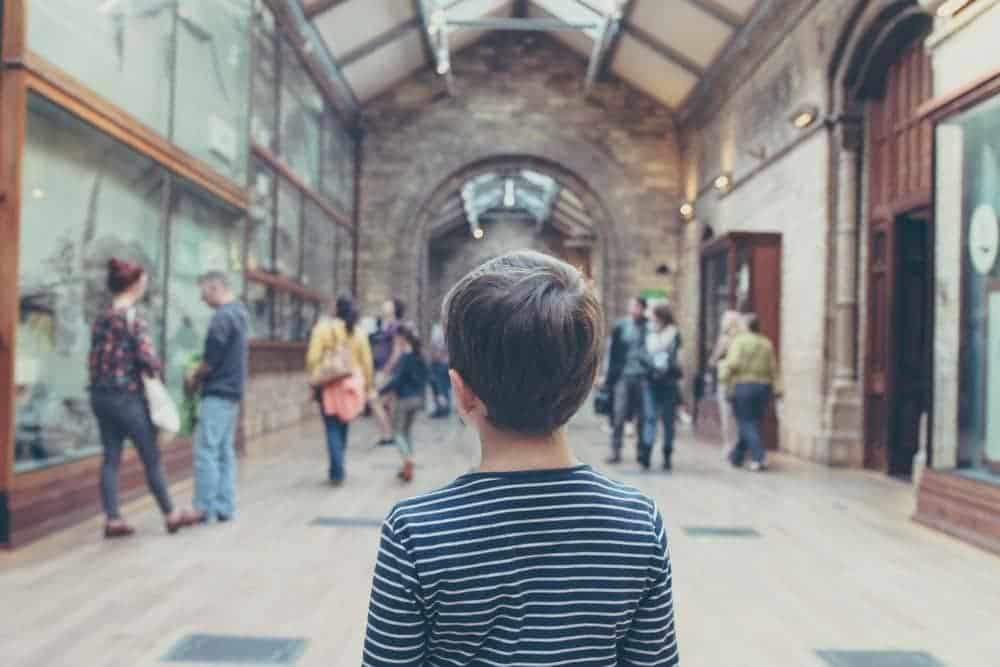
______________________
Feature Image by Rodion Kutsaev on Unsplash.
